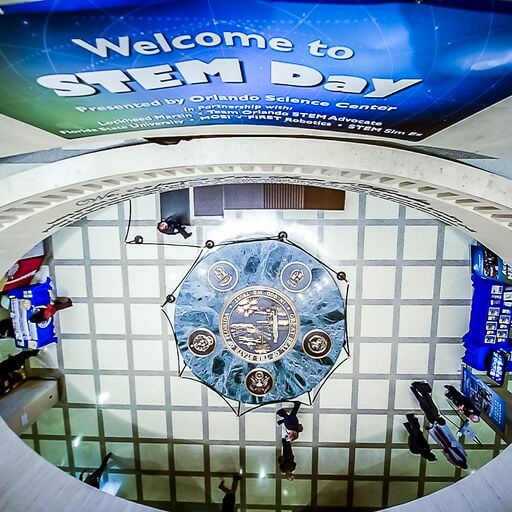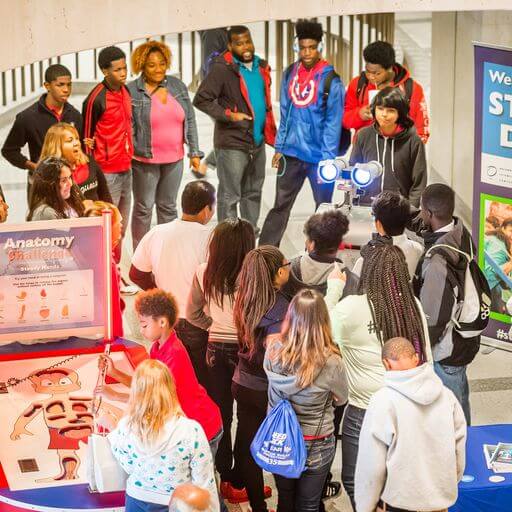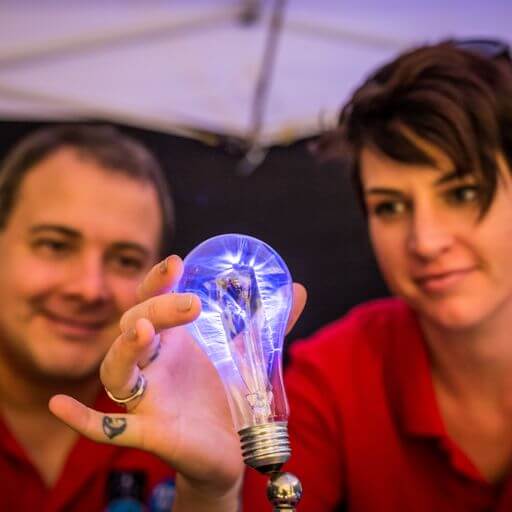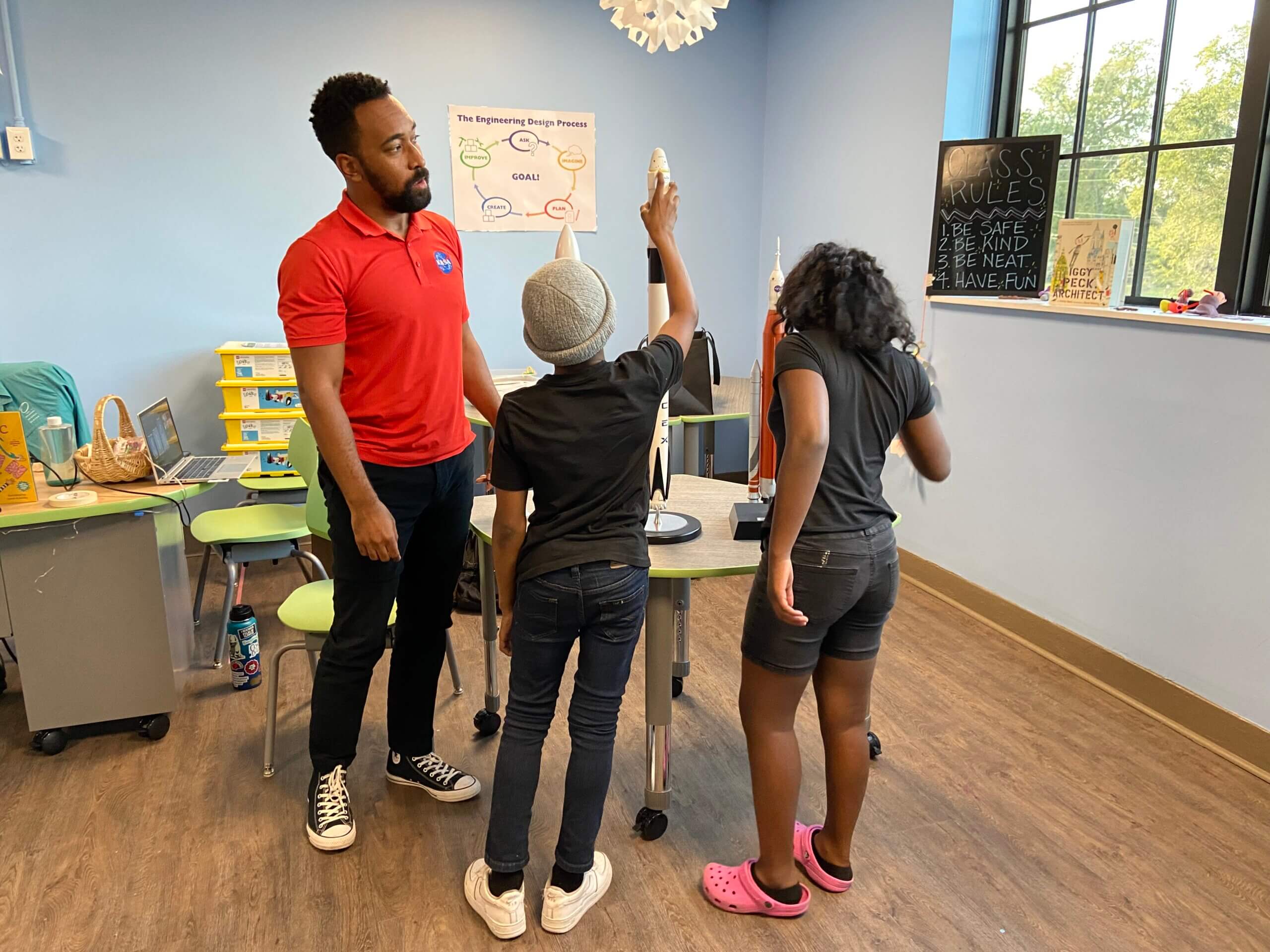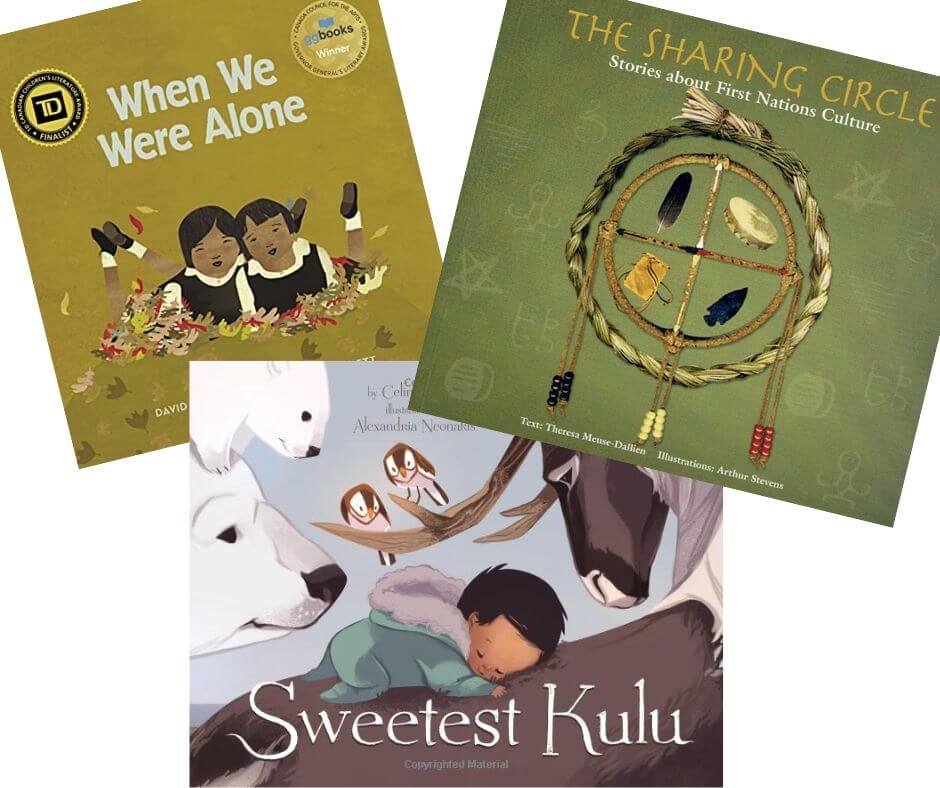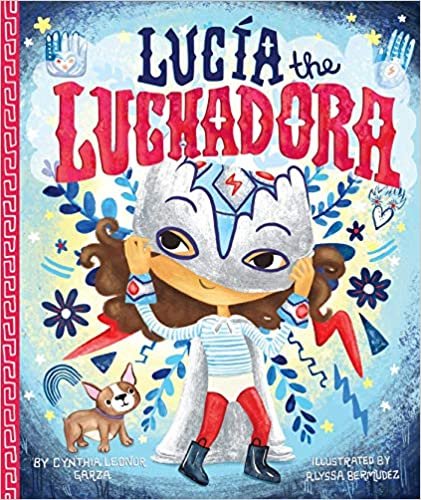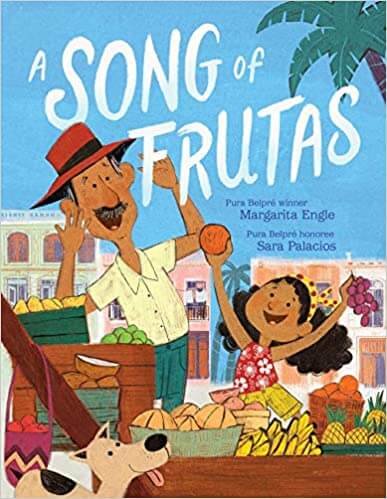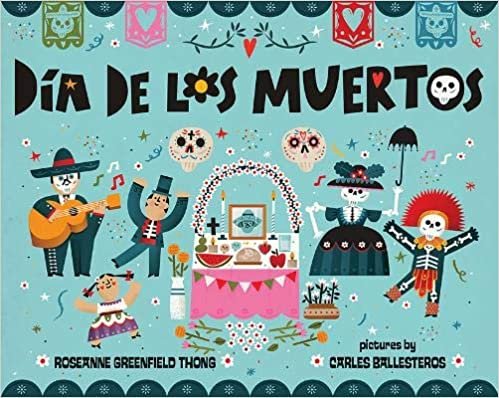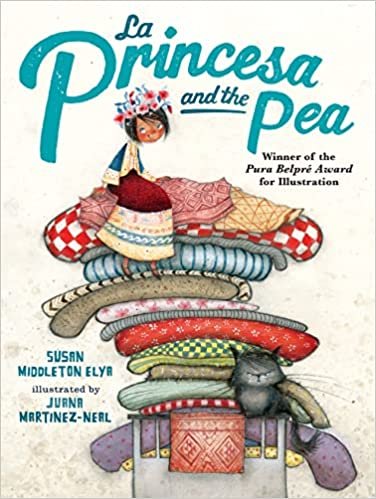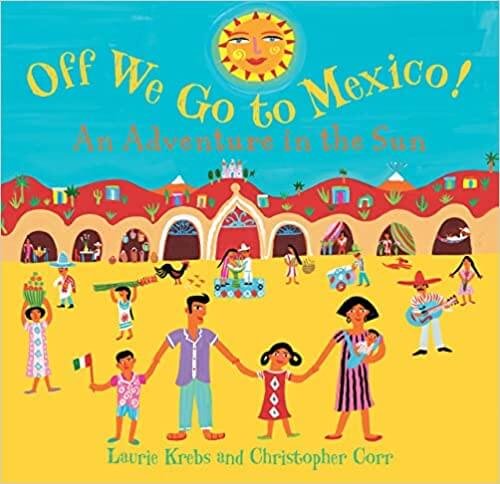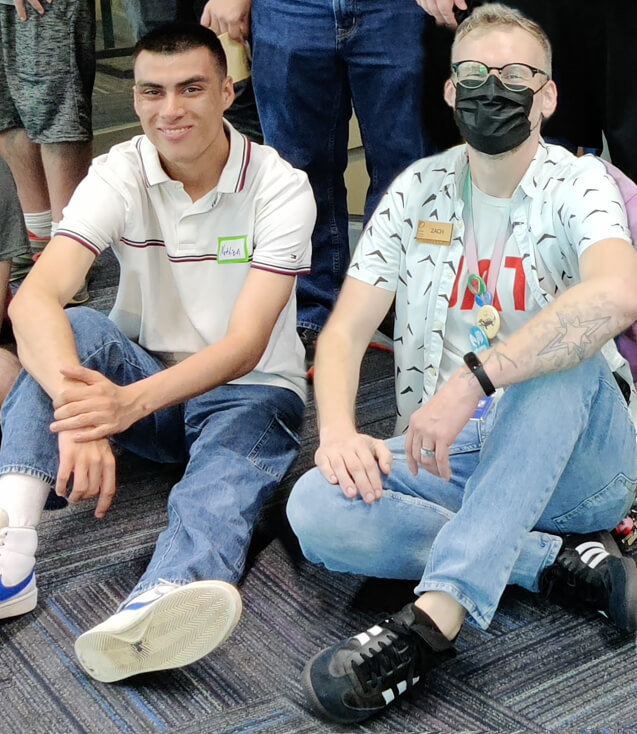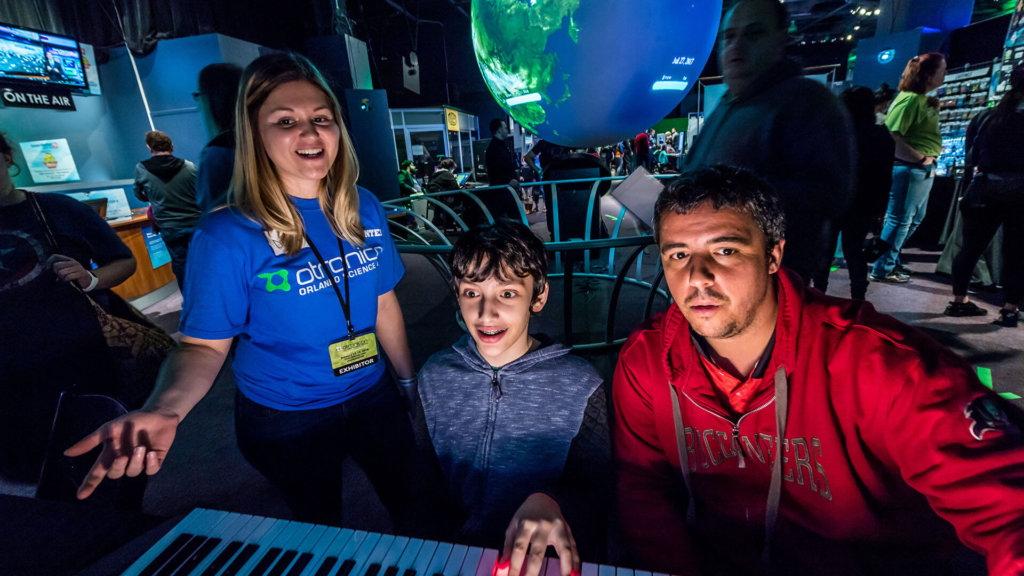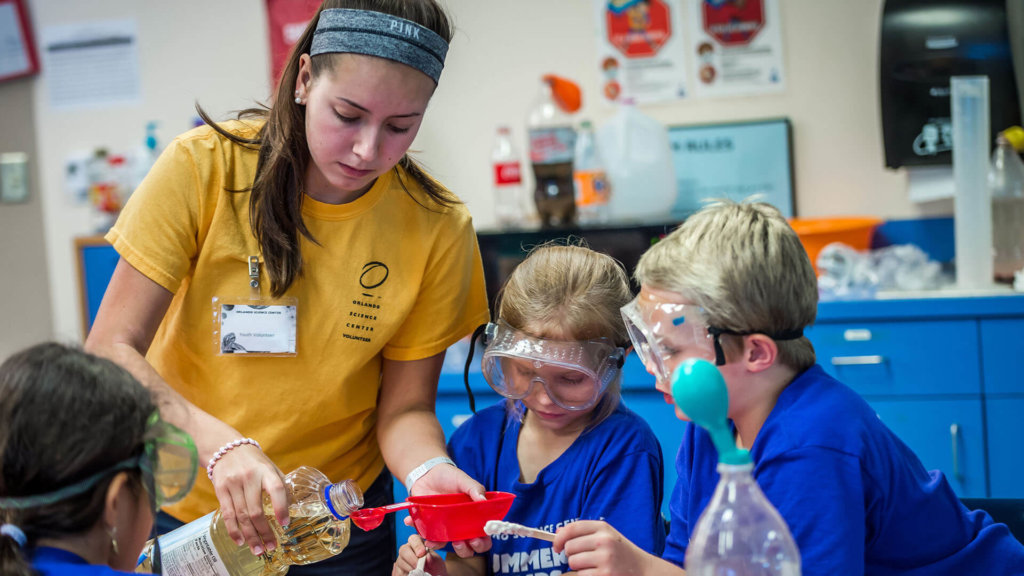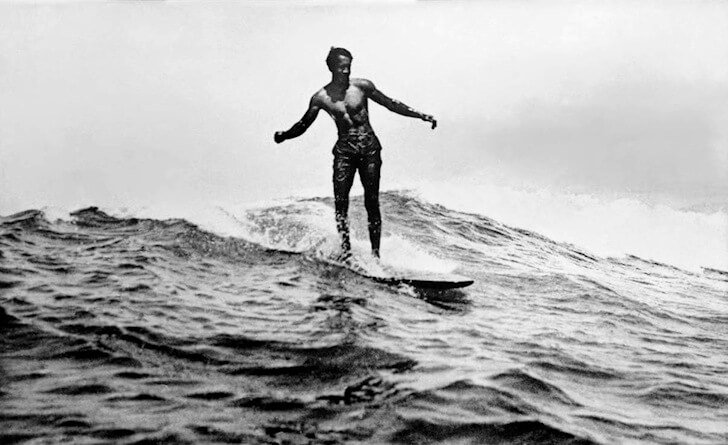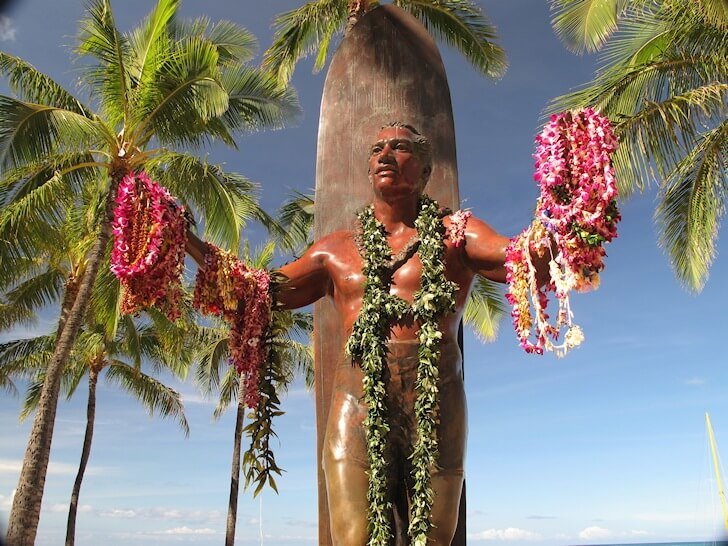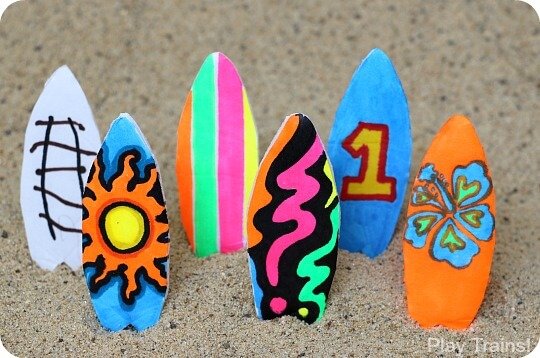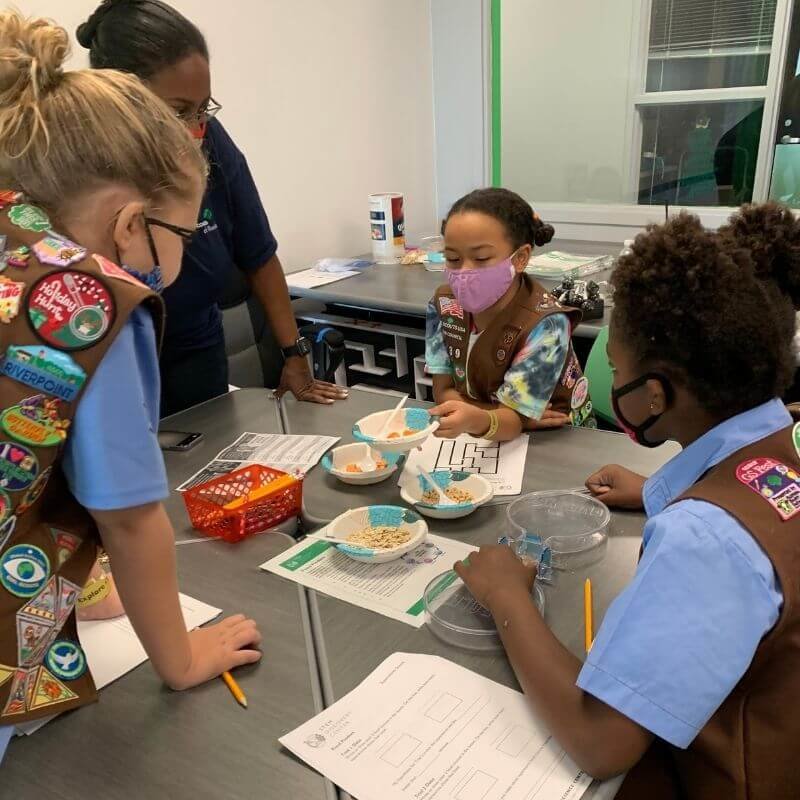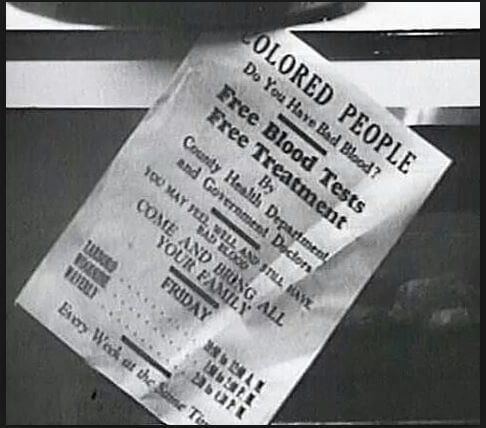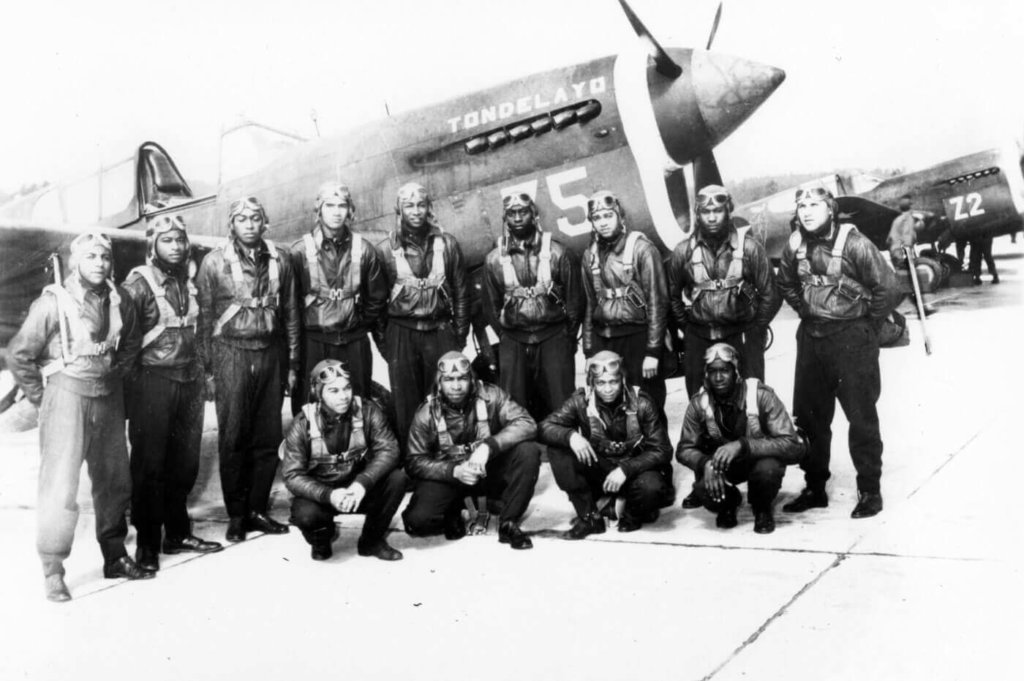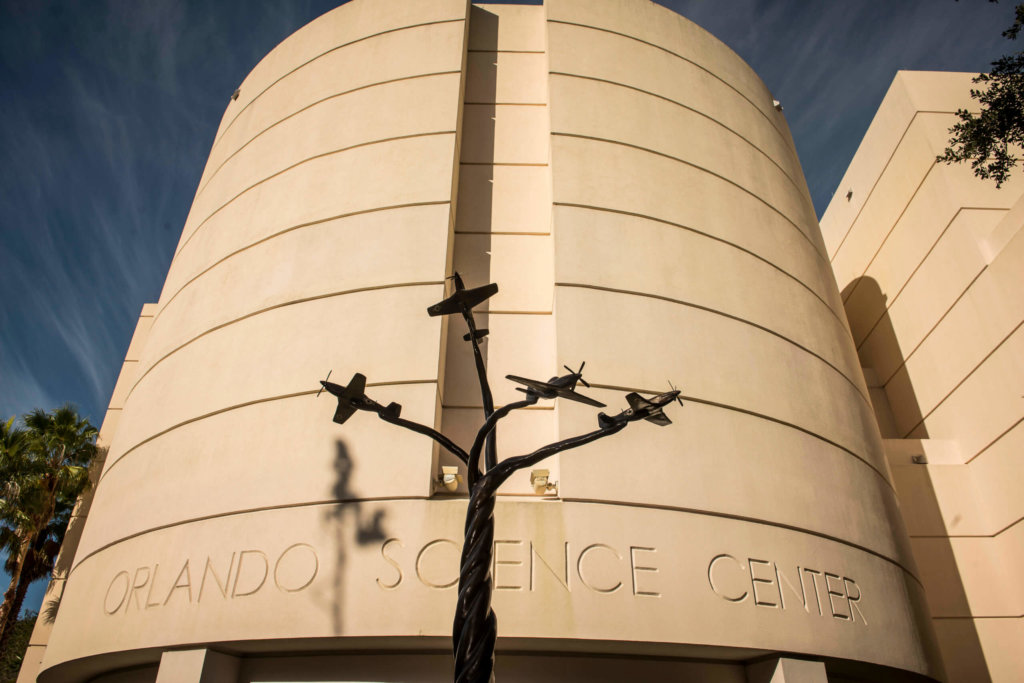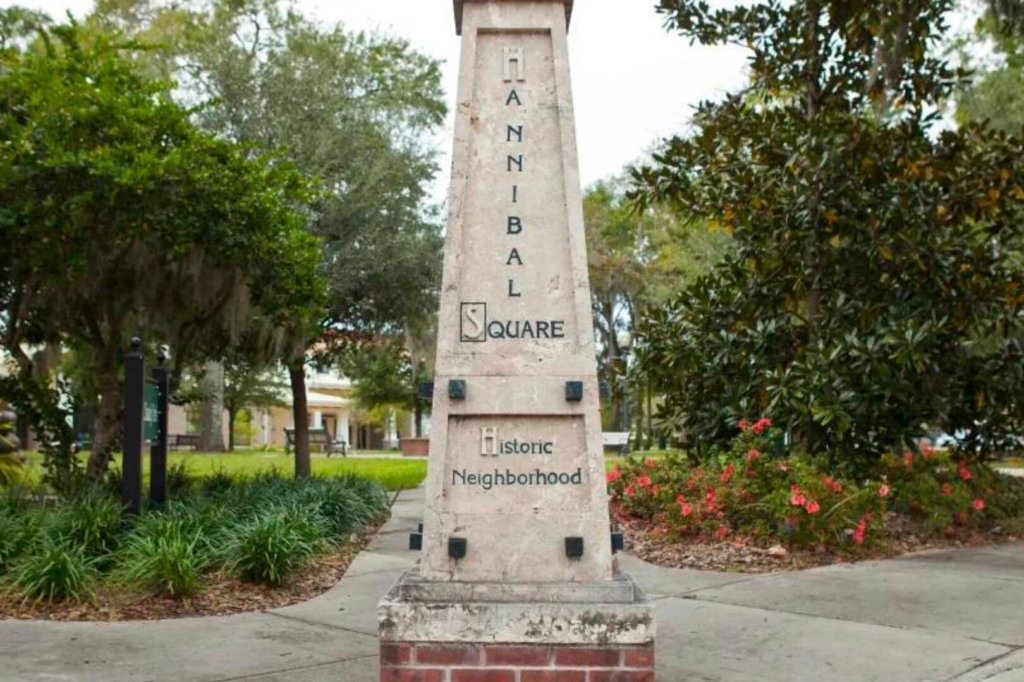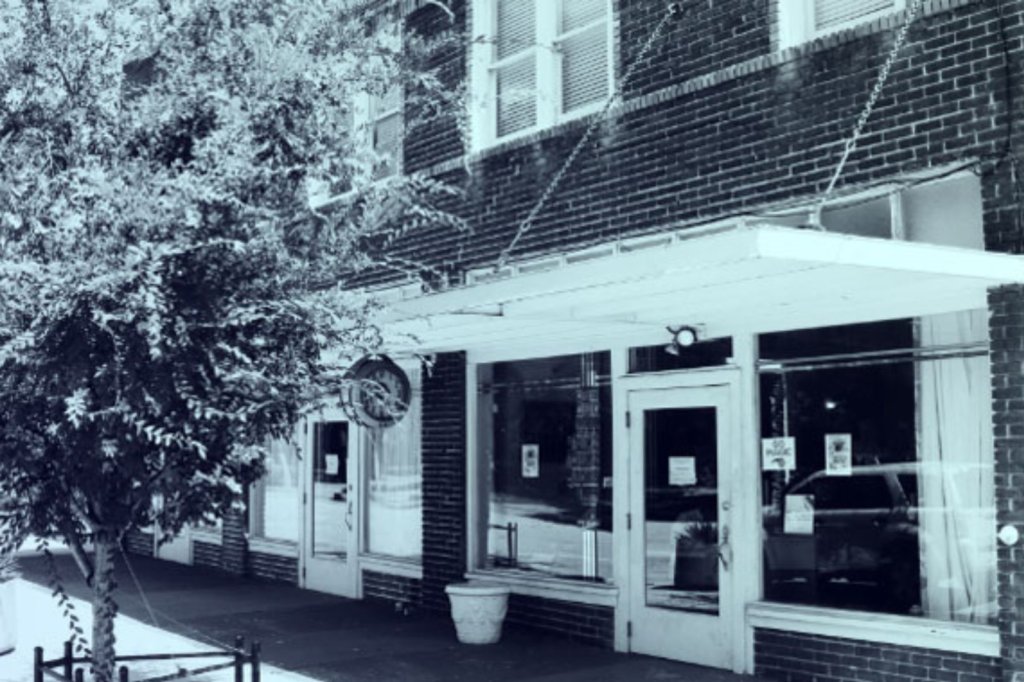Florida educators advocate for the importance of science education during STEM Day at the Capitol
Orlando Science Center is partnering with museums, science centers, educators, and corporations to assemble in Tallahassee for STEM Day at the Florida Capitol on Thursday, January 25, 2024. STEM Day provides a forum to connect with legislators about the critical role that Science Centers and museums play with inspiring and creating the STEM workforce of tomorrow while also advocating for funding to support these efforts. Participants will be stationed inside the Capitol building with experiments, displays, robots, and more!
STEM Day Partners:
Challenger Learning Center of Tallahassee
FIRST Robotics
Florida Museum of Natural History, Gainesville
Museum of Discovery and Science, Fort Lauderdale
Museum of Science and Industry, Tampa
Orlando Science Center
River City Science Academy, Jacksonville
Science is US
From 10:00 a.m. to 3:00 p.m., legislators will take part in hands-on activities while learning how STEM education helps grow Florida’s technological workforce. Science museums act as a hub for STEM learning and can easily facilitate opportunities between industry, education, and the public. Collaborations between science museums, corporations, and education are key to developing a comprehensive approach to promote STEM learning from cradle to career.
As we address the challenges of these complicated times, we are reminded that science matters now more than ever. Science literacy not only leads to a better understanding of life’s problems, but it promotes the development of skills to help solve them. Through study and experimentation, we acquire knowledge, which leads to understanding, innovation and ultimately prosperity. Our youth can save the world and science can help them do it.
Industry must partner with educational institutions and informal learning centers like science museums to start preparing the future workforce for jobs that don’t even exist yet. Regardless of the field they enter, tomorrow’s workforce must have a strong grasp of 21st century skills like problem solving, critical thinking and collaboration. These skills are reinforced through active, challenge-based activities offered at museums and science centers.
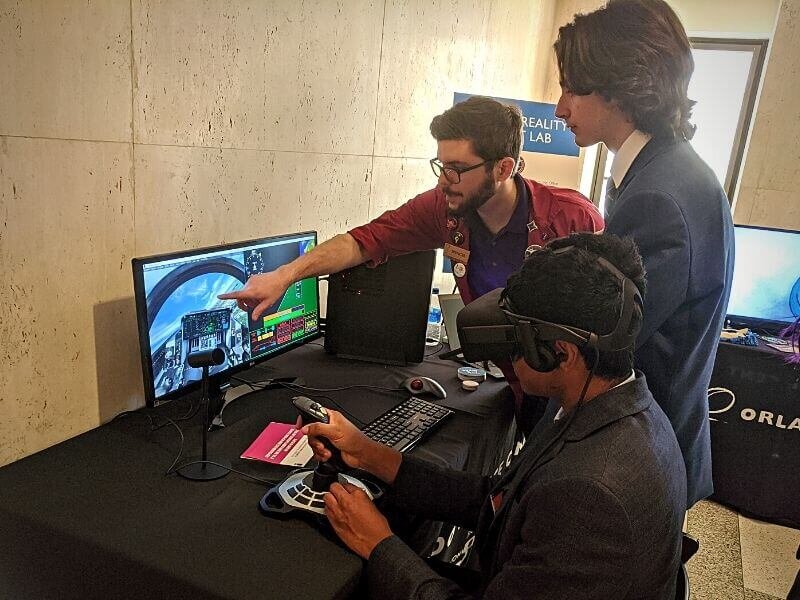
STEM Day at the Capitol illustrates how collaborations with industry and academia can help fill the STEM pipeline, and Orlando Science Center is excited to take part in the event. Such partnerships provide opportunities to engage youth by bringing STEM subjects to life. By presenting the real-world applications of STEM skills in compelling ways, students are inspired to pursue further education and careers in STEM fields.
During STEM Day, participating partners, including student groups, will share their passion for science, technology, engineering and math (STEM) with legislators, demonstrating the impact that their efforts can have on economic development across the state. Displays reinforce how science museums light the spark of curiosity, promote future careers and build essential 21st century skills while also illustrating how increased funding could expand these efforts.
STEM is the Key to Prosperity
“Florida is a STEM state. Our economy is driven by industries and occupations in science, technology, engineering and math fields. Now more than ever, policymakers must act to foster the state’s STEM economy by engaging young people and creating career opportunities for generations to come.”
At the Science Center, we believe that STEM is the key to prosperity. Our President & CEO JoAnn Newman recently co-wrote an editorial with Rachel Kerestes, Executive Director of Science is US, on the importance of fostering Florida’s STEM economy. Follow this link to read the full editorial.
